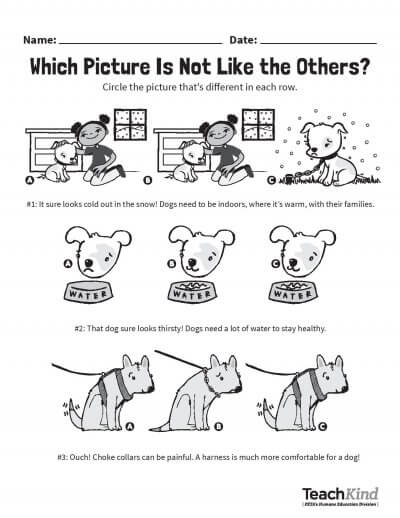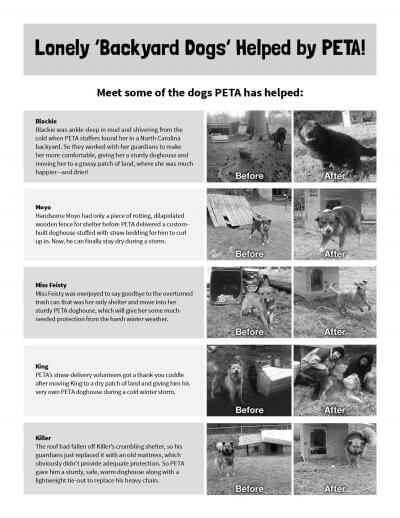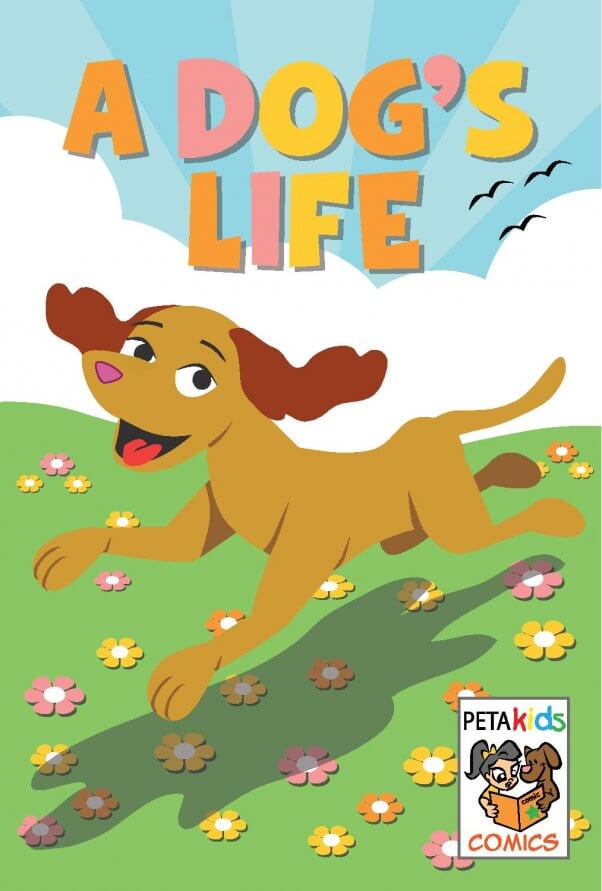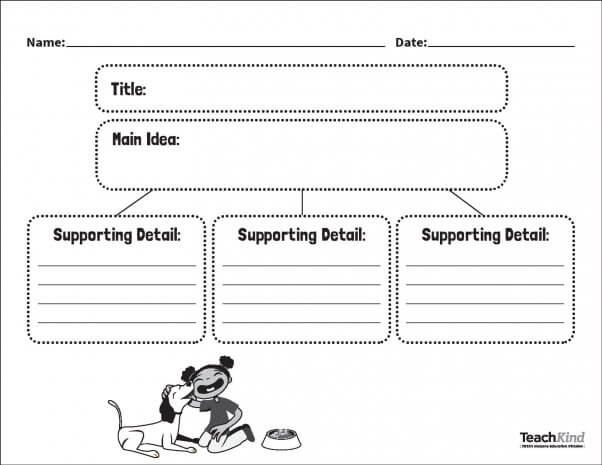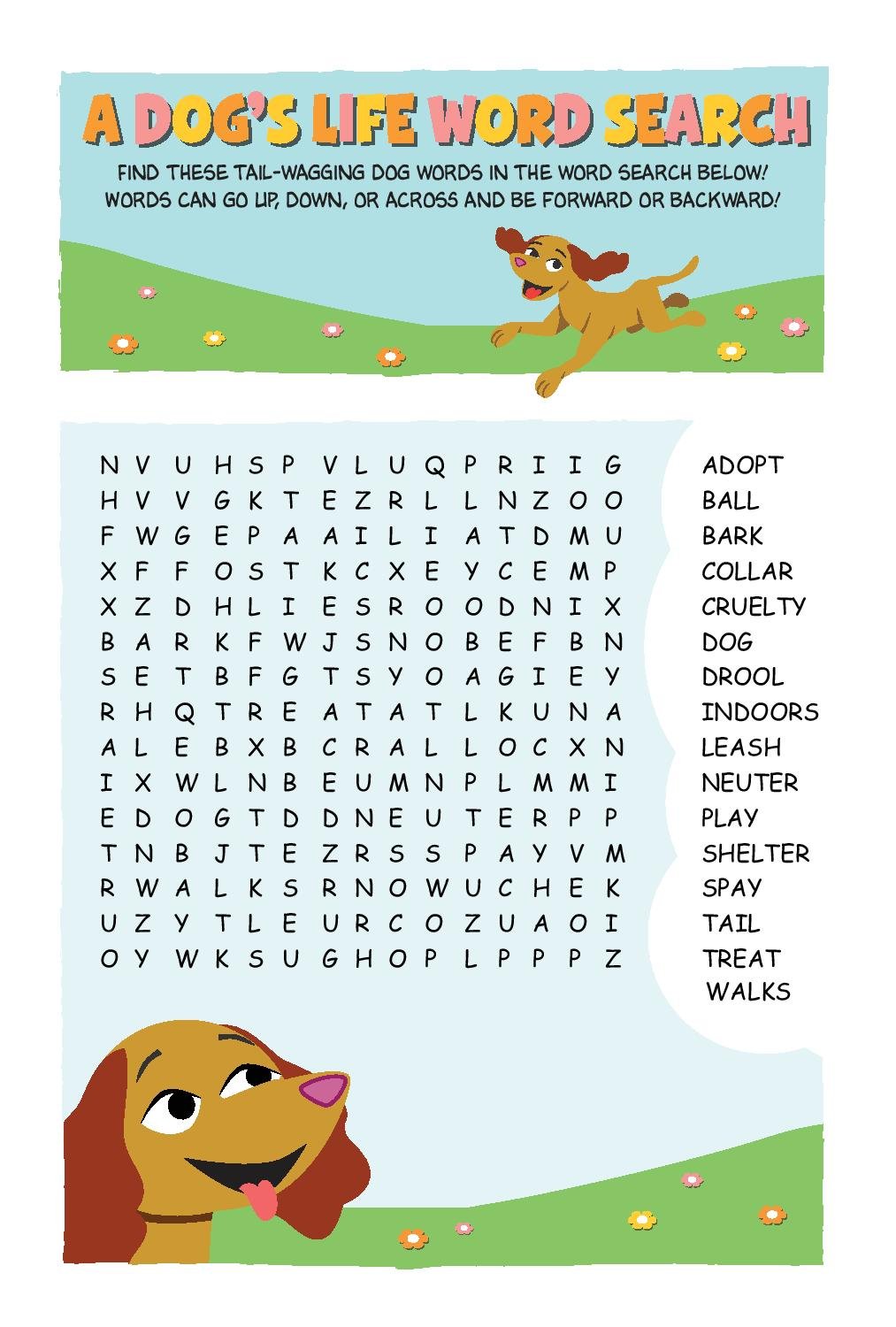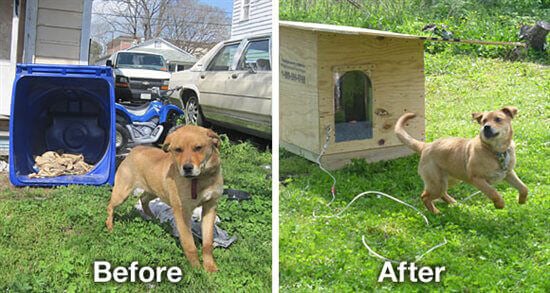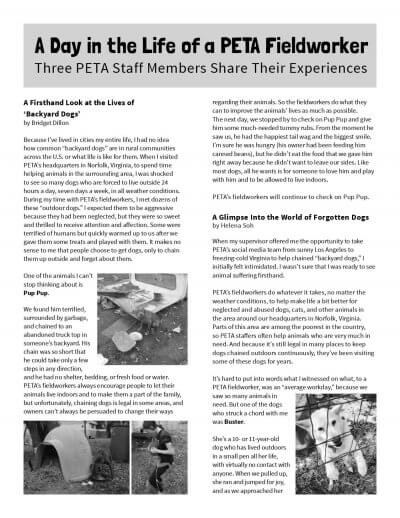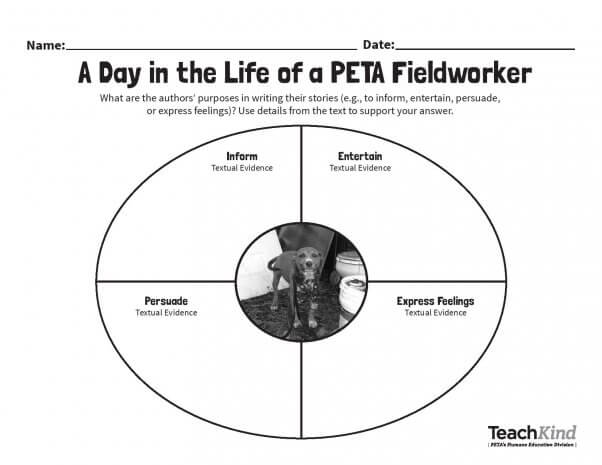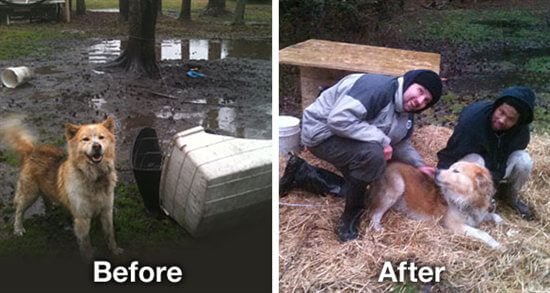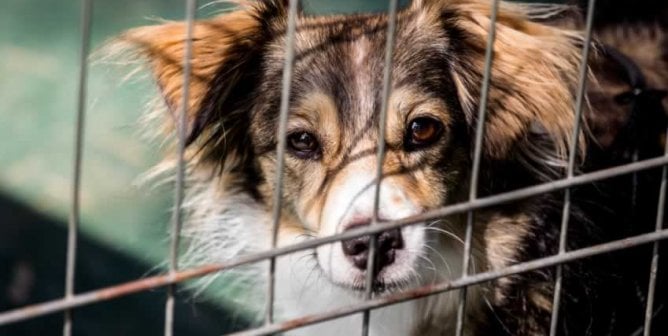What Winter Is Like When You’re a Chained Dog
Right this second, countless dogs are chained outdoors in all weather conditions, languishing alone and struggling to survive long days and nights without proper shelter from the elements. Often, these lonely dogs are deprived of even the basics—such as food, water, and veterinary care. They are forced to spend their lives in solitary confinement, relegated to the backyard without any companionship, play, or exercise.
All winter long, PETA staffers and volunteers deliver dry, fluffy straw bedding and sturdy wooden doghouses to “backyard dogs,” who are forced to spend their lives outside and alone. Of course we want all dogs to live indoors with families who love them, but PETA works in areas where many people are unfamiliar and uncomfortable with the concept of allowing dogs inside, so unfortunately, not all families can be convinced—and the law in some of these places allows dogs to be chained around the clock. When this is the case, PETA fieldworkers and volunteers do everything they can to improve the dogs’ lives and educate their owners by setting an example. While a doghouse is no substitute for a real home in which dogs can be warm, comfortable, and surrounded by their human families, it makes a world of difference to dogs who previously had no way to escape from the scorching sun or cold winds.
Classrooms across the country have helped fund PETA’s much-needed doghouse program through TeachKind’s “Change for Chained Dogs” fundraising pack—a free, all-in-one kit that includes instructions for teachers, informational leaflets and stickers for students, labels for donation jars, and a classroom poster to track your progress. The pack is free, and it will show you and your students how to help improve the lives of sad and lonely “backyard dogs” who might otherwise not even survive.

The following activities are designed to teach students about the lives of chained and penned-up dogs and give them ways to help them. They’re perfect to use in conjunction with or as an introduction to the “Change for Chained Dogs” fundraiser.
Grades K–2
What’s Wrong With This Picture?
Many people have dogs—they’re fun, sweet, loving, loyal animals who are easy to love! But unfortunately, not all people treat them right or understand what they need to be healthy and happy. Start by talking to students about their own basic needs—food and water, a home to live in, clothes to wear, a family to take care of them, friends to play with, and more. Write their answers in a list on the board. Then ask them to think about a dog’s basic needs, and write those responses on the board as well. Guide the discussion and be sure to highlight the following points about dogs’ needs (bring them up yourself if no students do):
- Fresh food and water to keep them healthy and strong
- Shelter—preferably indoors with their families—to keep them safe and comfortable
- Walks throughout the day to give them bathroom breaks and exercise
- Playtime to make them happy and entertain them
- Veterinary care to make sure they’re healthy and to treat them when they’re sick or hurt
Download our “Spot the Difference” worksheets and have students follow the directions and select the image in each group that is different from the others.
Download this lesson in digital format here!
Discuss each situation as you review the correct answers and talk about dogs’ specific needs. Here are some ways to explain:
- Dogs, just like humans, need food and water to be healthy and survive. Everyone should make sure that their dogs have healthy meals every day and that their water dish is always full of fresh, clean water. Remember, dogs can’t just grab a snack from the refrigerator like we can—they rely on humans to provide them with what they need!
- Dogs are pack animals—meaning that they like to be social and spend time with others. They depend on their guardians for love and protection, so they should live indoors, get to go for walks, and be part of your family. When forced to live outside in the yard, they can suffer from stress and loneliness, heatstroke in the summer, and frostbite in the winter. Imagine how terrible it would be if you had to live alone in your backyard, with no one to play with or talk to, and no way to get comfortable.
- Dogs are safest and most comfortable wearing a nylon harness (which goes around their chest), not a collar (which only goes around the neck), when out walking. Choke and prong collars like the ones in the worksheet can be painful and even injure your dog. When out walking your dog, remember to be patient and allow time for sniffing and exploring the surroundings. Dogs can have lots of fun on a simple walk if you let them!
Preparing for Cold Weather: Humans and Dogs
Now that you’ve discussed the basic needs of humans and dogs, talk to your students about needs that are specific to wintertime. Explain that as the weather gets colder, people start changing their daily activities so that they will be able to survive and be healthy through the winter months. Ask students to raise their hand and name some of the things that people do differently in the wintertime, and make a list as a class. Here are some examples:
- Start wearing heavier jackets and warmer clothes, like hats, gloves, and scarves
- Start using more blankets on the bed
- Keep the windows closed and turn on the heater, if we have one
- Do more indoor after-school activities instead of playing outside
- Play indoor games in PE instead of playing sports outside.
Now, ask them what kind of considerations they think dogs need in the winter. Make a list, and discuss what their guardians should do for them. After writing down students’ answers and discussing dogs’ needs, create a Venn diagram on the board that shows what humans need in winter, what dogs need in winter, and what both need in winter. Note how similar the needs are for each group, and be sure to come up with a few that are different, too.
Then explain that sadly, even though dogs are much happier and healthier indoors, some people keep them chained or penned outside—even in the wintertime. Tell them that if kept outdoors, dogs could become too cold and get sick from hypothermia or frostbite, or their water bowl could freeze over and they would have nothing to drink and become dehydrated. In some places, it’s illegal to chain your dog outside.
To wrap up the activity, have students write an informational piece and draw a picture showing all the things they’ve learned that dogs need to be happy and healthy. Check their writing and drawings to make sure they understood the concepts.
Meet the Dogs Who Need People to Help Them
For the following activity, use the “before” and “after” photos and stories about real dogs that PETA has helped through its doghouse program. Project the before/after images for the students one by one. For each image, start by asking students to raise their hands to vote on which picture each dog looks happier in, and have some students share what they observe in the photo to make them think so. Then, read students the story about the dog in each set of images.
Ask students what basic needs these dogs are being deprived of in each situation, and have them refer to the Venn diagram and the drawings that they created in the last activity to supplement their answers. Explain that these dogs would be better off indoors but that at least they now have a sturdy doghouse that will help protect them from the cold, wind, rain, and hot sun.
Grades 3–5:
A Dog’s Life
Have students read the PETA Kids comic “A Dog’s Life,” or project it on the board and read it together as a class. (You can download a virtual copy here or order a class set by e-mailing [email protected].) Remind students to pay attention to the main idea of the text as they read and to think about details that support the main idea. For early and struggling readers or special needs students, have them read along to this video of “A Dog’s Life.”
After students have read “A Dog’s Life,” give them copies of the main idea graphic organizer and have them fill it out based on what they feel the main idea of the story is. Here’s an example of a possible answer:
Main Idea:
It’s cruel to chain dogs outside, and people should always help others in need.
Supporting Details:
1. Molly’s family did not understand Molly’s needs and were angry with her about things that weren’t her fault.
2. Molly’s puppies almost died because they were outside in the freezing cold.
3. The neighborhood kids saved the lives of Molly and her puppies because they told an adult when they saw animals in need.
Discuss as a class the main ideas of the story that students wrote on their worksheets (i.e., that it’s cruel to make dogs live outdoors and that everyone can speak up and save the lives of animals in need). Explain that dogs are social pack animals—that spending time with others is important and necessary to them. They depend on their guardians for love and protection (and everything else!), so they should live indoors as part of the family. Dogs forced to live outside can suffer from frustration and loneliness and are at risk of heatstroke in the summer and frostbite in the winter.
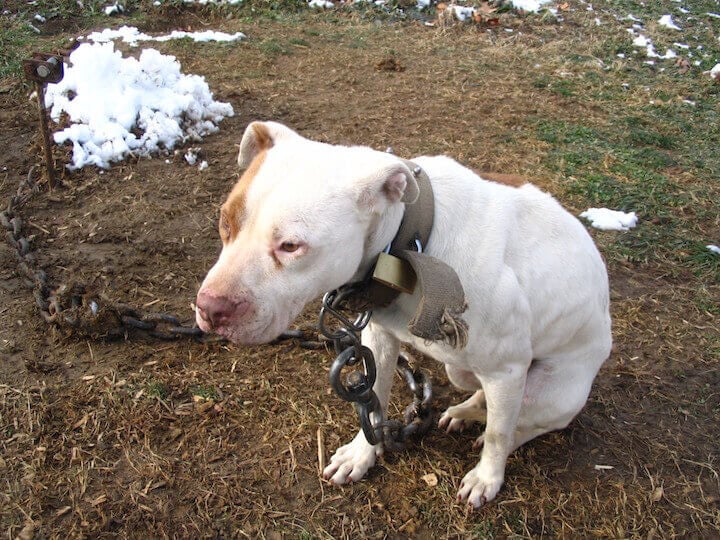
Going In-Depth
Ask students the following text-dependent questions, and have them write out their answers. They should use details from the text to support their answer.
- Why did Molly live outside instead of indoors with her family?
- What are three sad or difficult things that Molly experiences because of being chained outside?
- Should there be consequences for people who don’t provide animals they’re responsible for with adequate care? Explain your answer.
- What would have happened to Molly and her puppies if Rachel and her friends hadn’t asked an adult to call the animal control officer?
- What would you have done if you were in Rachel, Emily, and Sam’s place?
- Do you think it’s ever OK to keep a dog chained outdoors?
End the activity by having students complete the “A Dog’s Life” word search. Before having them start, go over each term on the search list as a class and be sure the students understand how the terms relate to the story and to proper dog care.
Meet the Dogs Who Live Like Molly
For the following activity, use the “before” and “after” photos and stories about real dogs helped by PETA through its doghouse program. Explain that there are many dogs who are forced to live their lives just as Molly did—trapped outside without enough food and water, getting no exercise, attention, or playtime—and who don’t have a proper shelter to keep them warm and safe during winter storms. Project the “before” and “after” photos one by one, and read students the corresponding text about each dog’s story. Explain that each dog on the list received a free sturdy doghouse from PETA—as well as, in many cases, treats, much-needed love and attention, and a new lightweight tie-out to replace heavy chains. While all this still could never substitute for living indoors with a loving family, at least it makes their lives somewhat better.
After going through each story and photo set, have students choose the story that resonated with them the most and then write an opinion piece about the life that they think was better for the dog—before or after PETA provided them with a new doghouse. They should support their opinion with reasons and examples and refer to details from the photos and text about the dog.
Grades 6–12
A Day in the Life of a PETA Fieldworker
Every day, PETA fieldworkers visit “backyard dogs” in impoverished areas of Virginia and North Carolina to provide them with much-needed care that their guardians are neglecting to provide them with, such as basic veterinary care, fresh water and food, playtime and attention, and doghouses to offer them some shelter from the elements. Have students read the firsthand accounts on the “A Day in the Life of a PETA Fieldworker” sheet, written by PETA staff members who have gone out with fieldworkers to take food and doghouses to “backyard dogs” in need.
After having students read the first-hand accounts by Bridget, Helena, and Ashley about their days in the field helping dogs, give each student a copy of the “author’s purpose” worksheets. As background, tell students that every author has a purpose or reason for writing in a particular way. Explain that some authors write to inform, some to entertain, some to persuade, some to express feelings, and more. Use examples of texts you’ve read as a class to illustrate these various purposes. Explain that many authors can have more than one purpose in a single text. After this explanation, use the “author’s purpose” worksheet to chart their interpretation of the stories on the “A Day in the Life of a PETA Fieldworker” sheet. Discuss their responses as a class.
Meet the Lonely Dogs out in the Field
For the following activity, use the “before” and “after” photos and stories about real dogs PETA has helped through its doghouse program. Explain that there are countless dogs who are forced to live just like Pup Pup, Buster, and Sophia did—without proper food, water, or shelter; without veterinary care; and without love and attention. Print out copies of the “before” and “after” photos and stories about “backyard dogs” helped by PETA for students to read along with, and go over each one.
After discussing each dog’s story, divide the students into groups, and assign each group a different dog’s story. Ask them each to write a page from the dogs’ point of view, describing their surroundings and their feelings about their situation both before and after receiving a sturdy doghouse. Describe what they still wish for, even after having received a doghouse, that would improve their lives further. Have students support their point of view with evidence from the text.
Local Actions Research
Forcing dogs to live out their lives chained or penned outdoors is extremely cruel. Chained dogs are often deprived of adequate food, water, and veterinary care, and their emotional and social needs are often completely ignored. Many are denied proper shelter and have nothing but an overturned trash bin or plastic barrel—or nothing at all—to shield them from freezing winter weather. Countless chained dogs have frozen to death during cold snaps or died of heatstroke on sweltering summer days. Chaining can also be dangerous: In such frustrating living conditions, chained dogs often become aggressive and attack children or other people who approach them. Many communities have learned that chaining dogs is both an animal welfare issue and a public safety hazard.
Have students research whether any laws exist regarding chaining or tethering dogs in your area (PETA has a great resource here, but they should also cite other legislative sources). Once they’ve established what the chaining laws are in your area, have them research other local laws that protect or otherwise affect the welfare of dogs.
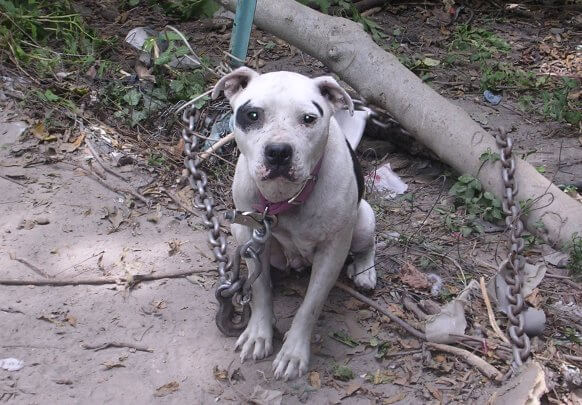
Regardless of their findings, discuss with the students that everyone can help make a difference for “backyard dogs.” Here are some pointers to go over with them, so they will know how to help:
- If a dog is chained in an area where it is illegal to do so, call the authorities. Many counties and cities have bans on keeping dogs chained or penned (students should cite references for their research and can check this list or look up their local laws on Municode.com). But even if your area doesn’t have such a law, it’s required that “backyard dogs” at least have a shelter, adequate food, and clean water, and they must be provided with veterinary care if they’re sick or injured. If a chained or penned dog’s life is in danger (regardless of the law), for example, if the animal is emaciated, is obviously ill or injured, or has no shelter or can’t access it—notify animal control or the police immediately.
- If chaining is permitted in your area and you know of chained dogs who aren’t in an emergency situation, your best bet at improving their lives would be to tell an adult and encourage them to befriend the owner.
They should be very polite and friendly. Without being confrontational, they can try to talk to the owner about the dogs’ needs and ask for permission to do the following:
- Take them for walks
- Give them toys and treats
- Help with grooming, such as trimming the dogs’ nails or taking them to the vet
- Visit with them regularly (but being careful not to become a nuisance and following their instincts based on the owner’s response to their involvement)
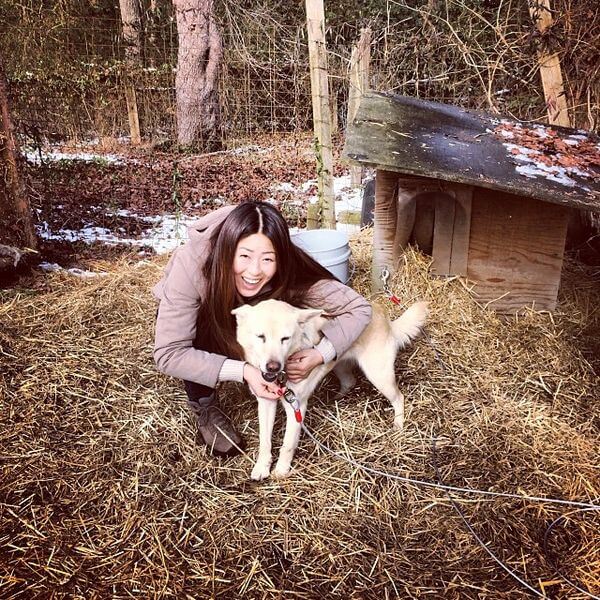
Based on their findings, have students come up with a plan of action for ways to help dogs in their own community, whether it’s garnering support for legislation to help dogs, or—if laws do exist to protect dogs in your area—figuring out ways to make sure those laws are upheld.
***
For all grade levels:
These activities have all been specifically designed to work in conjunction with TeachKind’s free Change for Chained Dogs fundraising pack—so once you finish the activities for your classroom’s grade band, wrap up by letting students know that as a class, they now have a special opportunity to make a huge difference in the lives of dogs just like the ones they learned about in the lesson by participating in the Change for Chained Dogs fundraiser. Share the stickers and leaflets with your students, and track of your progress using the poster included in the pack.

By leading into the fundraiser with these lessons, you will help students make a real world connection and understand that they will be having a direct impact on animals’ lives through their fundraising efforts.
Order a FREE Change for Chained Dogs fundraising pack for your classroom (or find out more here).
By submitting this form, you’re acknowledging that you have read and agree to our privacy policy and agree to receive e-mails from us.

